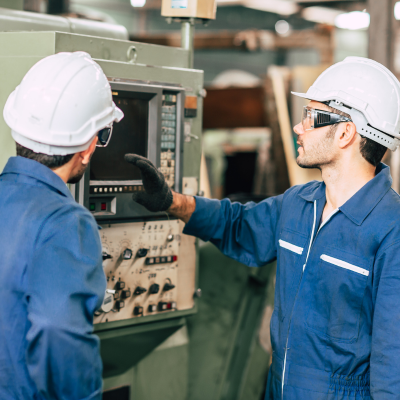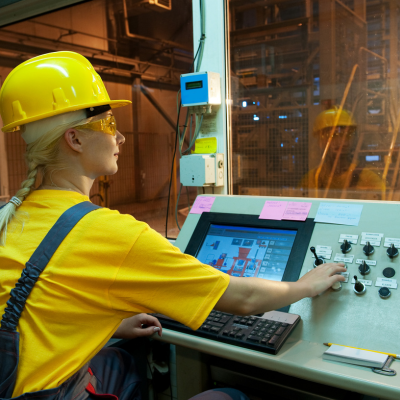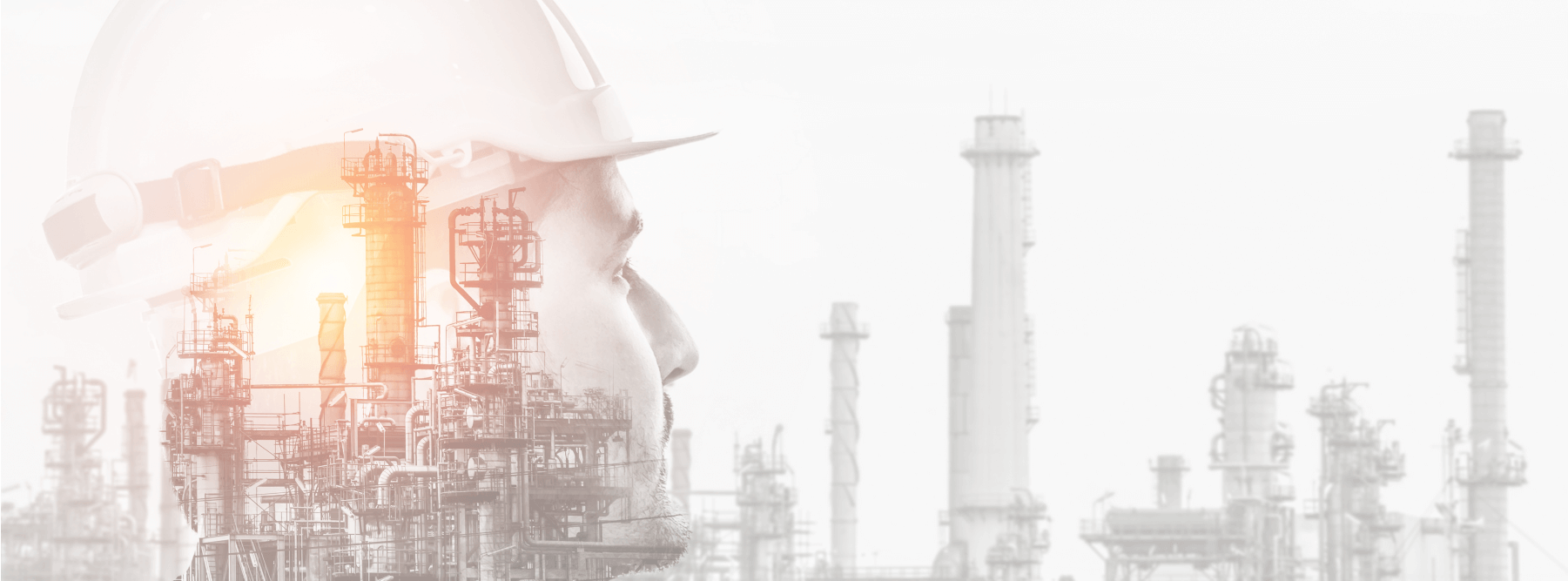The Internet of Things (IoT) concept has gained considerable attention in today's evolving technological landscape.
The IoT has transformed various sectors by connecting physical devices and enabling them to share and analyze data. One industry that is experiencing a significant impact is reliability engineering. This blog will explore how the Internet of Reliability (IoR) revolutionizes the industry and discuss its implications for businesses and consumers.
This blog is intended for professionals, leaders, and enthusiasts in reliability engineering, industrial operations, and IoT technology. If you are involved in the maintenance, performance optimization, or decision-making processes of industrial assets, this blog will provide valuable insights into the transformative power of the IoR. Whether you work in manufacturing, energy, transportation, or any other industry that relies on reliable asset performance, this blog will explore how the IoR can revolutionize your operations, increase efficiency, and drive business success.

Internet of Reliability
The Internet of Reliability (IoR) refers to integrating intelligent devices, advanced analytics, and cloud-based systems to enhance the reliability and performance of industrial assets. By harnessing the power of IoT technologies, the IoR enables real-time data collection, analysis, and predictive maintenance, leading to improved operational efficiency, reduced downtime, and increased business profitability.

Real-time Monitoring and Predictive Maintenance
Industry maintenance practices have been reactive or preventive, relying on scheduled maintenance routines. But these approaches often lead to unnecessary downtime and higher maintenance costs. The IoR makes real-time equipment monitoring possible, allowing for predictive maintenance.
By equipping machines with sensors and connected devices, businesses can collect data on performance parameters such as temperature, vibration, and power consumption. This data can be transmitted to a central platform for analysis. Advanced analytics algorithms can then identify patterns, detect anomalies, and predict potential failures before they occur. This shift from reactive to predictive maintenance can result in significant cost savings, as maintenance actions can be planned and executed during scheduled downtime.

Improved Asset Performance and Efficiency
The IoR enables businesses to gain valuable insights into the performance of their assets. Organizations can track equipment and analyze data to identify inefficiencies, optimize processes, and improve asset use. For example, companies can identify opportunities to reduce energy waste and implement energy-saving measures by analyzing energy consumption patterns.
Furthermore, the IoR facilitates condition-based monitoring, where equipment health is assessed in real-time. This allows for proactive decision-making, optimizing asset performance, and extending equipment lifecycles. Companies can maximize productivity and enhance their competitive edge by reducing unexpected breakdowns and improving equipment efficiency.

Data-Driven Decision Making
One of the most significant benefits of the IoR is the wealth of data it generates. Businesses can make data-driven decisions by collecting and analyzing vast amounts of data from interconnected devices. This data can provide insights into production processes, supply chain management, and operational efficiency.
For instance, manufacturers can optimize their production schedules based on real-time demand data from retailers and distributors. This ensures that production aligns with market needs, reducing inventory costs and improving customer satisfaction. Additionally, by integrating data from many sources, businesses can identify correlations, trends, and patterns that were overlooked before, leading to better decision-making at all levels of the organization.

Challenges and Considerations
While the IoR holds immense potential, there are several challenges that organizations must address to harness its benefits. These include:
Data Security: With an increasing number of connected devices, the risk of data breaches and cyber-attacks also rises. Organizations need to implement robust security measures to protect sensitive information and ensure the integrity of their systems.
Interoperability: As the IoR ecosystem expands, compatibility and interoperability between different devices and platforms become crucial. Industry standards and protocols must be established to ease seamless integration and data exchange.
Scalability: The IoR involves handling massive amounts of data in real time. Organizations must invest in scalable infrastructure and advanced analytics capabilities to process and derive meaningful insights from this data.
Workforce Skills: To leverage the IoR, businesses need a skilled workforce capable of managing and analyzing complex data sets. Training and upskilling programs should be implemented to equip employees with the necessary skills.
Conclusion
The IoR is revolutionizing the industry by leveraging the power of IoT technologies to enhance operational efficiency, improve asset performance, and enable data-driven decision-making. Real-time monitoring, predictive maintenance, and data analytics allow businesses to optimize processes, reduce downtime, and increase profitability. But organizations must also address challenges such as data security, interoperability, scalability, and workforce skills to harness the IoR's potential. As technology advances, the IoR will play a pivotal role in shaping the future of the reliability engineering industry.
The IoR holds immense promise for transforming the reliability engineering industry, and organizations must be prepared to embrace this technological revolution. As you navigate the path towards implementing the IoR in your operations, it's essential to leverage specialized services that can further enhance the reliability of your assets. That's where the Oil Analysis Program comes in. By partnering with CRE Philippines, a trusted provider of reliability programs, you can tap into our expertise in oil analysis and condition monitoring. Our program offers comprehensive oil analysis services, utilizing advanced technologies and methodologies to detect potential equipment failures, optimize maintenance schedules, and extend the lifespan of your assets. Contact us to learn more about how our services can complement your IoR initiatives and drive operational excellence. Embrace the power of the IoR and take your reliability engineering practices to new heights with the Oil Analysis Program.
Source:
Drury, J. (n.d.). Industry 4.0 – State of the Market. ReliablePlant. https://www.reliableplant.com/View/31298/internet-of-reliability-industry


